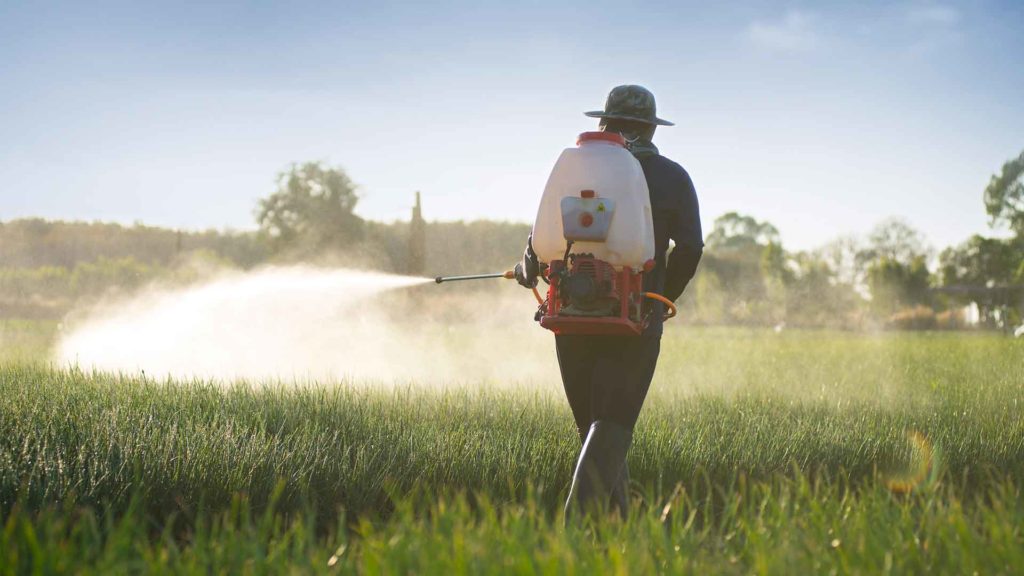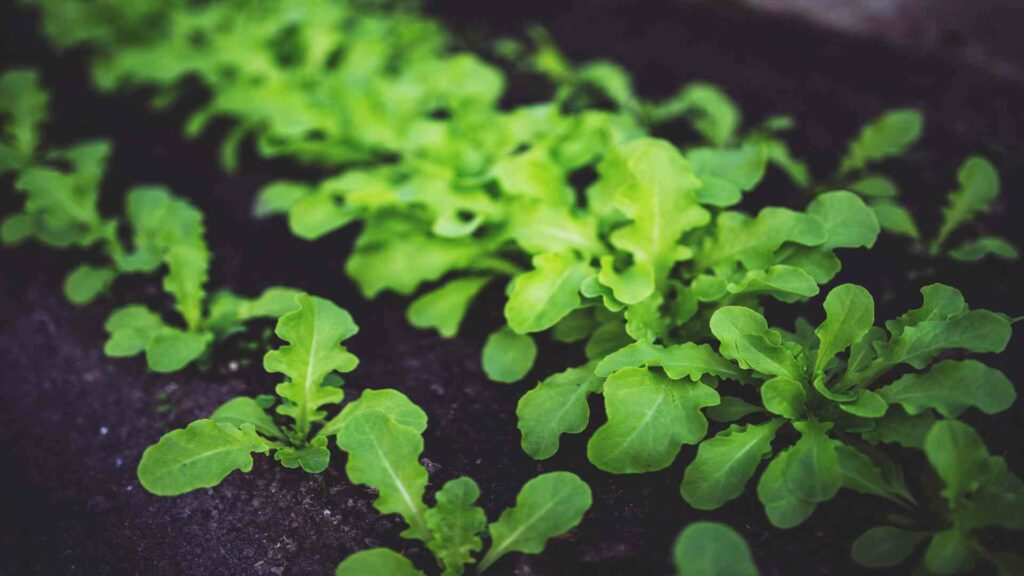Coconut Palm Trees
Coconut palm (Cocos Nucifera) is a tropical tree variety cultivated for many uses. It produces large, fibrous fruits that provide a nutritious dietary staple and oil source for millions worldwide. In addition, its derivatives make up essential home items like cosmetics, soaps, and detergents. However, a coconut palm tree does require boron fertilizer to stay healthy and productive.

Coconut palm
Boron in Coconut Palm Trees
Boron is a vital nutrient for coconut palm trees, facilitating the development of meristematic tissues. It aids in protein digestion, water relations maintenance, pectin formulation, sugar translocation, pollen tube growth, the fruiting procedure, and the growth of flowers and fruits. All these functions are necessary for the healthy development and growth of palm trees.
What Happens When Coconut Palm has Boron Deficiency?
Boron deficiency is a common plant micronutrient deficiency caused by a lack of boron in the soil. Plants suffer from boron deficiency due to either dry soil or high pH. Heavy leaching also leads to temporary boron deficiency.
Boron deficiencies are always noticeable on newly emerging leaves that remain up as these leaves reach maturity and get replaced with newer leaves. Leaf wrinkling is one of the first signs of boron deficiency in the coconut palm, showing sharply bent leaflet tips, also known as “hook leaf.” These razor-sharp leaflet tips are highly rigid and can’t be straightened without breaking the leaflets. Also, the leaves have a ridged zigzag pattern.
The most common sign of boron deficiency is the inability of newly emerging spear leaves to expand. Multiple unopened spears leaves are observed during the chronic stage at the canopy’s apex. Boron deficiency can also be found in inflorescence and nuts.
How Can Boron Deficiency be Reduced?
When applying fertilizers, boron deficiency is reduced by maintaining a balance of nitrogen, phosphorus, potassium, and boron. Organic manuring will keep soil pH stable, thus enhancing the boron availability.
According to an experiment on boron treatment, it is reported that boron concentration in fertilized soils increased proportionally with the imposed dosages, i.e., 0,1,2,4 and 6 kg of borax/hectare. This also contributes to a linear increase in nutrient levels in plant leaf tissues. These findings could be linked to higher concentrations in the corresponding soil samples.
Coconut Palm Production in the United States
Coconut palms are one of the most widely cultivated trees in the world and have a long history of use in many different cultures. In the United States, they grow in Hawaii, Florida, and several territories, including American Samoa, Guam, the Northern Mariana Islands, and the U.S. Virgin Islands.
From Key West to Jupiter Inlet on the East Coast and Marco Island to Sarasota on the West Coast are native colonies of coconut palms in Florida. Several coconut trees emerge from coconuts transported or dumped by ocean currents on many of the Florida Keys’ smaller coral islands. Coconut palm cultivation is also practiced from north of south Florida to Cocoa Beach on this east coast and Clearwater on the west coast.
Application of Coconut Palm
The coconut palm is cultivated all over the tropics for ornamental purposes and numerous culinary and nonculinary uses; practically every portion of the coconut tree can be utilized by humans in some way and has substantial economic worth.
Coconut as Nutrient
A 10-gram of raw coconut provides 1,480 kilojoules of dietary energy and a high proportion of total fat (33 grams), particularly saturated fat (89% of total fat). Additionally, it has some quantity of proteins (3g) and carbohydrates (15 g).
Raw coconut is also an excellent source of several vitamins and minerals, including copper, phosphorus, manganese, iron, selenium, and zinc.
Coconut Milk
The versatile ingredient coconut milk is used in various cuisines. It has 5-20% fat, having saturated fat in the majority. Lauric acid is the primary fatty acid found in coconut milk. Coconut milk beverages have a lower fat content and work as milk substitutes made by diluting coconut milk. Another item that can be made is coconut milk powder. Centrifuging, separating, and spray drying coconut milk yield this protein-rich powder.
In Southeast Asia, other foods, including coconut jam and coconut custard created from coconut milk with sugar or eggs, are also popular. Sweetened reduced coconut milk is sold in the Philippines as coconut syrup and is used in various sweets.
Coconut Water
As water is an essential part of life, so is coconut water. It is a refreshing drink and can also be used in cooking or fermented to make coconut vinegar. Coconut water has 19 calories per 100 g serving. Additionally, coconut water can be fermented to make nata de coco, a jelly-like delicacy. It is a tasty and healthy addition to the diet.
Coconut Oil
Coconut oil is widely used in cuisines, particularly in frying. It is also used as a liquid, like other vegetable oils, or as a solid, butter, or lard.
Other Applications
Coconut is a multipurpose fruit that has many uses. It can be consumed as food, used as natural medicine, and made into products like coconut vinegar, coconut meat, coconut flour, coconut butter, coconut trunks, etc. Coconut tree leaves can also make baskets, mats, and other items.





